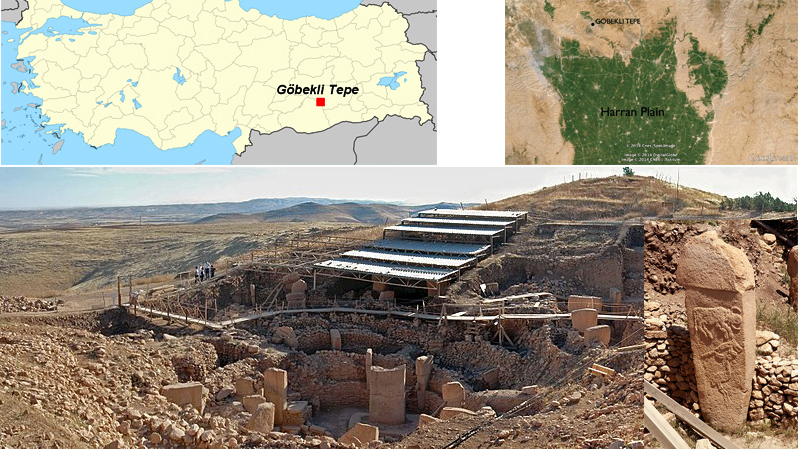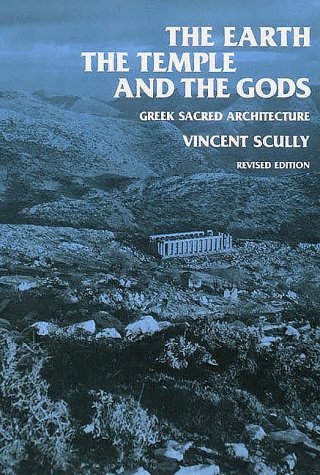Which is the older art: Landscape or Architecture?

Short history of the word ‘landscape’
- The word ‘landscape’ was formed by adding ‘-scape’ (or ‘-skip’ or ‘-ship’) to the noun ‘land’. This made it an abstract noun.
- When it came into English, from Anglo-Saxon, the word ‘landscape’ had a similar meaning to our word ‘region’.
- ‘Landscape’ fell out of use and was re-introduced, from Dutch, in the sixteenth century, as a painter’s term meaning ‘a view of scenery’. Since it was used within the ideal theory of art it was used for beautiful scenes, not ugly scenes.
- In the nineteenth century, the word ‘landscape’ was adopted by geographers to mean ‘the end product of topographic evolution’. In this sense, it lost its evaluative connotation so that it became common to speak of an ‘ugly landscape’ or of ‘the hideous landscape of war’.
Short history of the word ‘architect’
- The word ‘architect’ comes from Greek and was formed from arkhi-, meaning chief + tekton, meaning artisan/craftsman. The Wiki article states that a tekton was frequently a wood-worker, an iron-worker was called a smith (χαλκεύς) and a stone-worker or mason was called a (λιθολόγος, λαξευτής). So the men who built temples were not architects.
- In Rome, the most famous use of the word ‘architect’ was in a book by Vitruvius published in the first century BC. He used it for a general technican who could design fortifications, harbours, town plans, gardens, buildings, clocks etc.
- ‘Architect’ was not used for the designers of English medieval houses, castles or cathedrals. The first use of the term recorded in the OED is in the title of John Shute: First Groundes Architecture (1563). He was a painter and used the term a person who applied the skills of an artist to buildings.
- In the twentieth century, under the influence of modernist design theory, architects sought to recover the comprehensive role implied by the Greek root ‘arkhi-‘, meaning ‘chief’.They wanted to extend the profession’s role beyond wood-work and beyond ‘the skills of an artist’, so that the forms of buildings could be derived from functional and technical concepts.
Short history of the term’landscape architect’

The term ‘landscape architecture’ may derive either from French or from English: from Morel or from Meason. I am keeping as open a mind as I can, and awaiting further research, but I continue to think the Scots origin, from Meason, is the more probable. If the term came from Morel, the components are ‘architecte’ and ‘paysagiste’. If it came from English the components are cognate English words. So the term ‘landscape architecture’ was formed by combining the two words discussed above.
But the art of designing buildings and the art of designing landscapes are very much older than their contemporary names. The earliest record of a Greek language, in Linear B, dates from about 1450 BCE and earliest use of ‘architect’ from about 500 BCE. The world’s oldest structures, like Göbekli Tepe (12,000-8,000 BCE) were ‘monuments’ built in landscapes that are likely to have had ceremonial significance before they were built. If this is correct, what we call ‘landscape architecture’ is an older art than what we call ‘architecture’. Supporting evidence is presented by Vincent Scully in his wonderful book The Earth, the Temple, and the Gods: Greek Sacred Architecture. Scully was an art historian who taught at Yale. Philip Johnson described him as ‘the most influential architectural teacher ever’. But the architecture profession did not appreciate the landscape theories put forward in his book.
